MARCH GARDEN TIPS
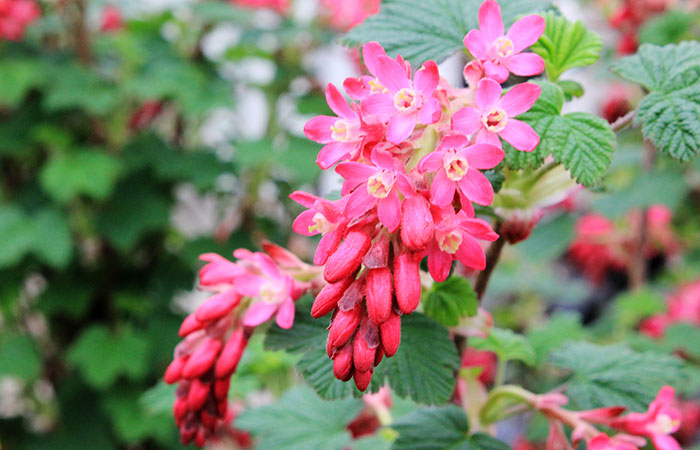
General Gardening Tips
We made it through the winter, and spring is just beginning. As your garden wakes up, it's time to get ready for the new season. This is a great time to finish any cleanup you didn't do in the fall, refresh your beds and containers, revitalize your soil, and get started on spring planting. It's also time to turn your attention back to lawns, ponds, and water features that may have fended for themselves through the winter.
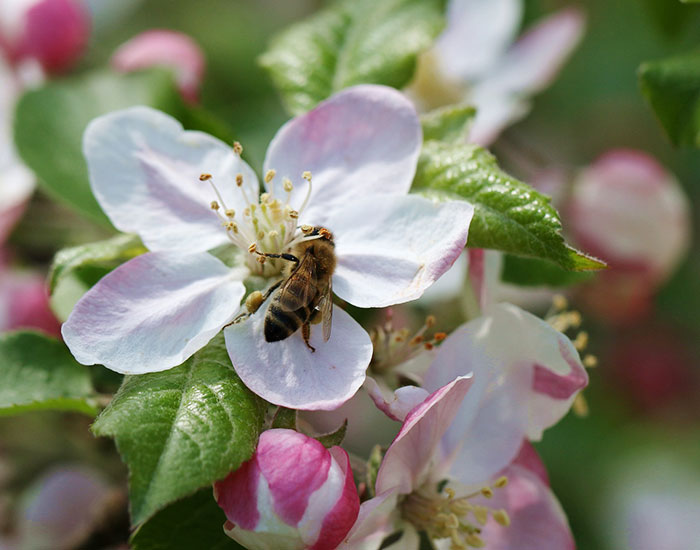
Fruit & Berries
Plant fruit trees and berries now. Strawberries will also be coming in this month.
Orchard Mason Bees will pollinate your plants as the weather warms. You can build or buy houses for them and purchase dormant bees to set out as the fruit begins to bloom.
Fertilize fruit trees and berries.
Prune stone fruit after they have bloomed. This includes apricots, cherries, nectarines, peaches and plums.
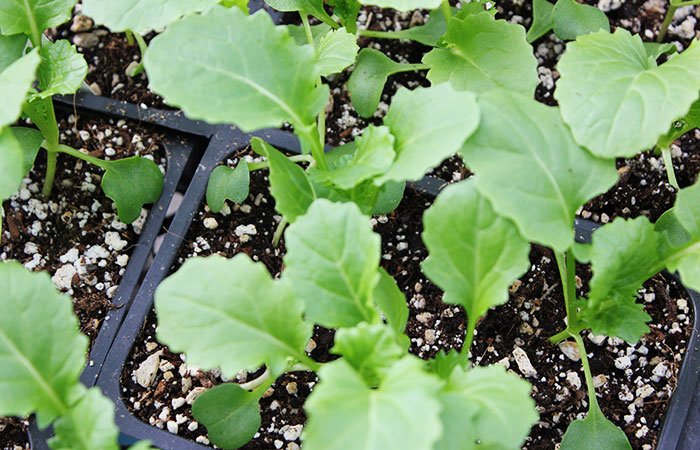
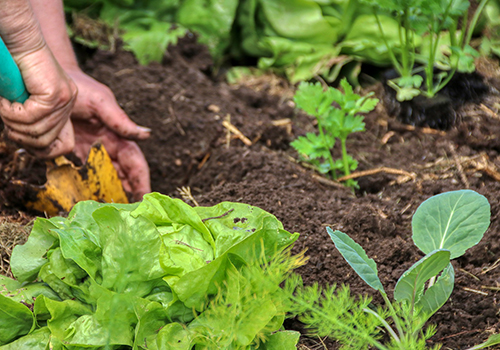
Vegetables & Herbs
Cultivate your existing vegetable garden; add organic fertilizer, lime, and compost to raised, or in-ground beds. Refresh containers by adding new potting mix if needed and amending with organic fertilizer.
Install row covers, cloches, or another form of protection to keep early crops warmer and speed their germination and growth.
Plant perennial and bulb vegetables: asparagus crowns, bare-root strawberries, rhubarb and horseradish, artichokes, onion sets, garlic and shallot bulbs.
Transplant cool season vegetable starts when nighttime temperatures stay above freezing, or plant them under cover for a head start. Early vegetables to plant now include: arugula, Greens, broccoli, cabbage, garlic, kale, lettuce, onions, peas, spinach, and Swiss chard. All hardy herbs can be planted now: mint, oregano, parsley, rosemary, sage, sorrel, thyme, etc.
Start seeds outside for: arugula, cilantro, fennel, peas, radishes, spinach, sweet cicely, Swiss chard, turnips. Most other vegetable seeds require a little warmer soil to germinate. You can start many other vegetables indoors for transplanting if you have a light setup or a sunny window. See our seed planting chart for what can be planted outdoors and indoors this month. Plant seed potatoes around Saint Patrick's Day!
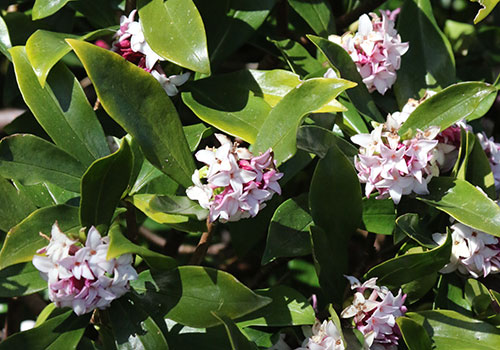
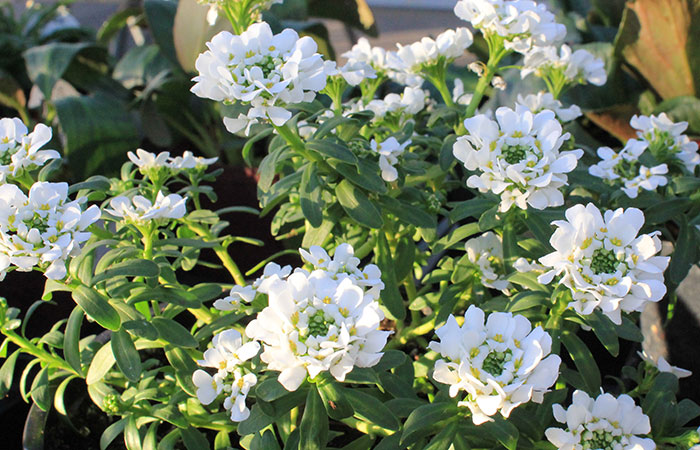
Ornamental Gardening
Fertilize rhododendrons, perennials and trees.
Plant early blooming perennials such as candytuft, rock cress, and bleeding heart. Early spring is the time to get a wide assortment of perennials and rock garden plants as economical 4" starts. They might be small, but they grow up fast.
Plant cool-season annuals such as blooming anemones, dianthus, pansies, and ranunculus.
Shop for trees and shrubs for spring interest: flowering cherries & star magnolias, red-flowering currant and forsythia, rhododendrons, Japanese maples & more.
Start indoors to transplant out later: begonia & elephant ear tubers and seeds for annual flowers.
Now is the time to find summer-blooming bulbs: dahlias, gladiolas, lilies, and more.
Roses
If you didn't prune your roses last month do it now and feed with organic fertilizer when they start leafing out.
Lawn Care
Evaluate any drainage issues your yard might have. With warming weather, your lawn will repay some TLC with lush new growth.
If moss is a problem, apply moss killer, wait 2 weeks, and rake out the dead moss. If you did not feed your lawn last month, fertilize now with a good organic lawn food and lime. Spot treat or remove any overwintered weeds. If bare patches need to be reseeded, wait until April. Grass seed needs temperatures between 60-75°F to germinate.
If you see birds pecking holes in your lawn, thank them for eating cranefly grubs! Well-fed lawns can outgrow minor cranefly infestations, but if you find more than 20 grubs in a square foot of lawn, consult a Sky associate for the appropriate method of reducing their population. You can dig up a square foot of lawn to check, or pour warm water with a dash of dish soap on a few areas and see how many grubs rise to the surface.
Regular organic feeding, yearly liming, and proper watering will enable most lawns to outgrow most problems.
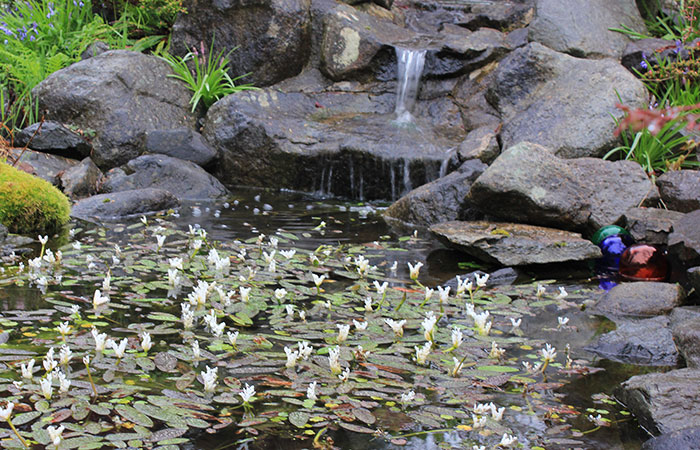
Water Gardening
Skim out leaves and other debris from ponds. Divide and repot lilies and other water plants. Check the pads on skimmers and filters (flush or replace as necessary) and bring filters back online if you shut them down for the winters. Please do not empty and scrub your pond. A healthy pond, unlike a swimming pool, should have a healthy algae coating on its sides and bottom.
Water temperatures should be above 50°F before you begin feeding your fish. Start slowly, with frequent small feedings of a low-protein food and watch your fish. When they start nibbling aggressively at your pond’s natural algae coat, it’s a good time to start feeding a spring/fall food.
